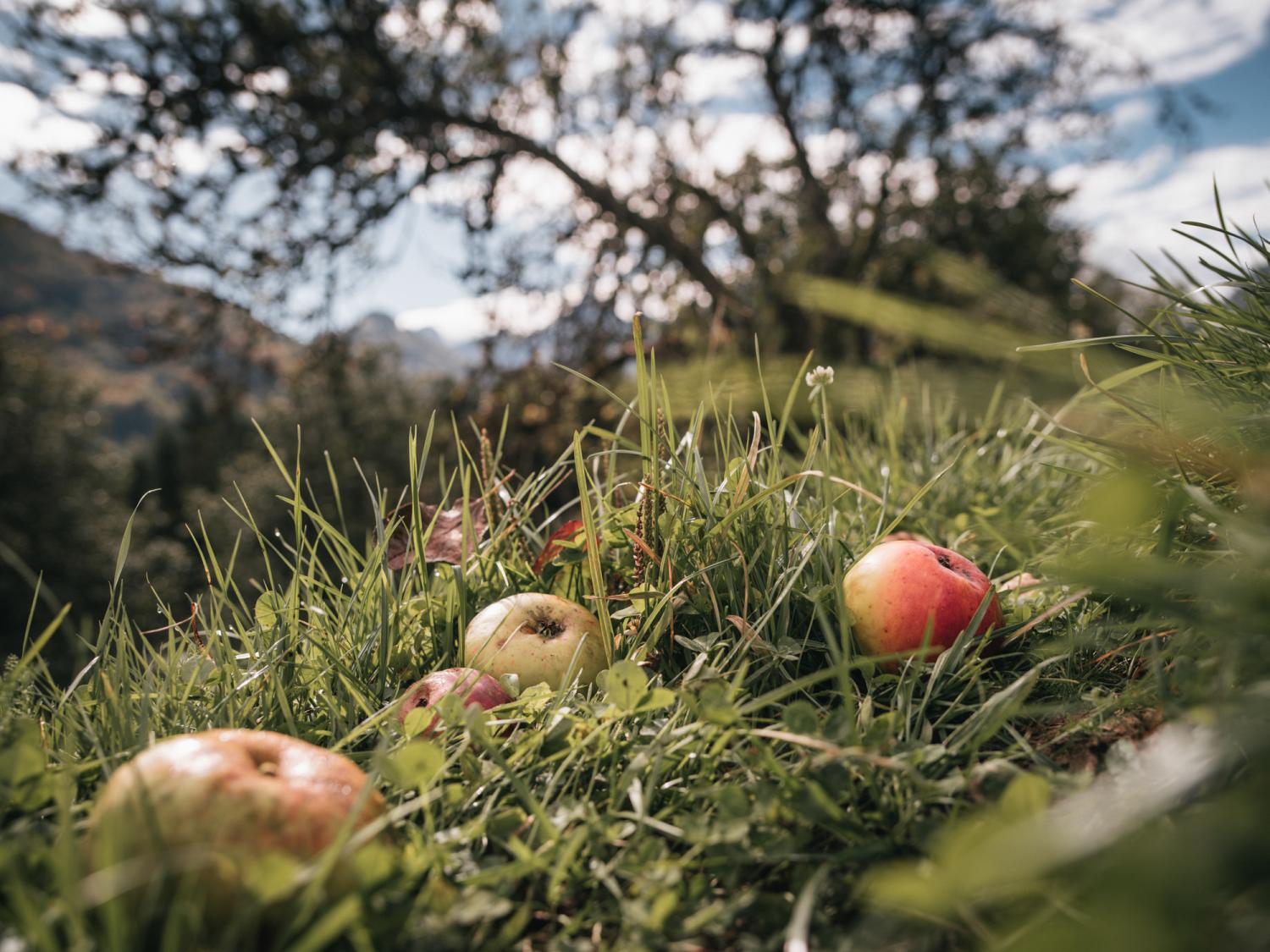Climate-fit landscape maintenance
Quo vadis cultural landscape of the Styrian Eisenwurzen? Questions and answers on sustainable cultural landscape conservation for the local population and sustainable tourism
A region lives from a cultural landscape. If this cultural landscape is sustainably preserved, there will be added value for the population and sustainable tourism. In the Styrian Eisenwurzen, the cultural landscape is characterized by meadow orchards, extensive agriculture, alpine pastures, river landscapes and managed forests. But what should the cultural landscape and its landscape management look like in the next few years? Using the example of meadow orchards and citizen participation processes, an attempt should be made to see how climate-friendly landscape maintenance for cultural landscape preservation in the Styrian Eisenwurzen can look like.
Well-known cultural landscapes in the Styrian Eisenwurzen Nature and Geopark – adapted to local climate changes – must be preserved with the local population due to biodiversity and the landscape. With the formation of a climate-friendly landscape conservation fund, one wants to counteract this in a certain way and involve the following actors regionally:
a) Tourism Organizations
b) Accommodation providers and the hospitality industry
c) Regional specialty producers
d) 4 nature and geopark communities
e) Local population
Certain challenges of the cultural landscape can be identified using the example of orchards: They are a defining landscape element that make up the small-scale farming structure in the east of the Gesäuse tourist region and are particularly important for biodiversity, but are costly and resource-intensive to look after. This cultural landscape element forms an attractive, unexpected additional package in the nature and geopark, precisely because tourists do not necessarily come to the region because of the orchards. A region lives from a cultural landscape. If this cultural landscape is sustainably preserved, there will be added value for the population and sustainable tourism. But what should the cultural landscape and its landscape management look like in the next few years? What is the best way to make the population aware of this urgent issue? How should the need for action be disclosed and how should motivation for supporters of activities be found? Using the example of meadow orchards and citizen participation processes, an important first step should be taken as to how climate-friendly landscape maintenance for cultural landscape preservation in the Styrian Eisenwurzen can look like and what is needed for this.
With the support of Land Steiermark and the European Union.









